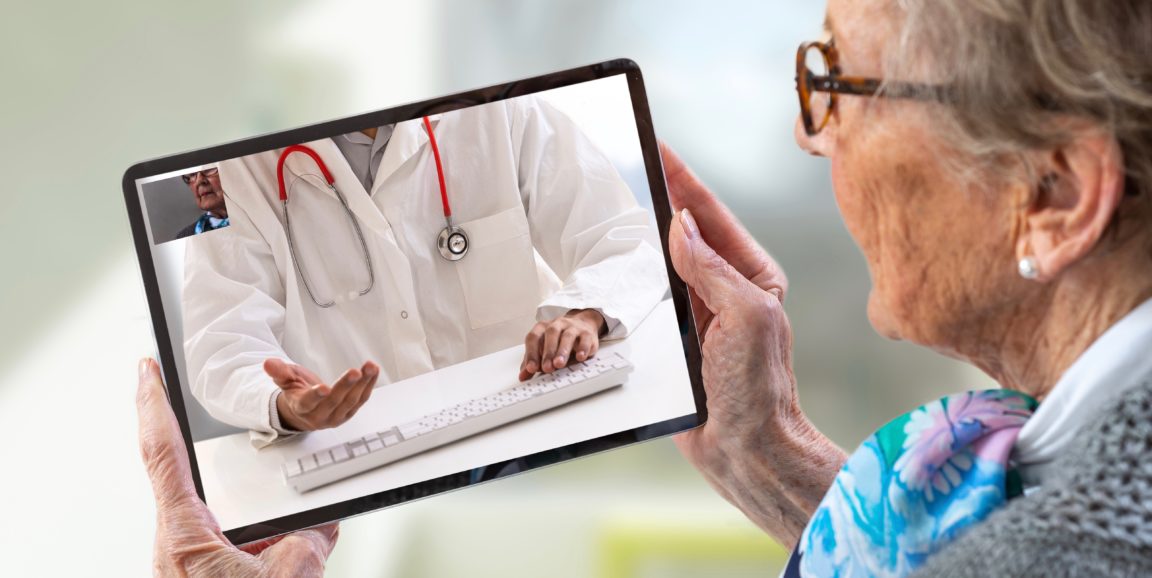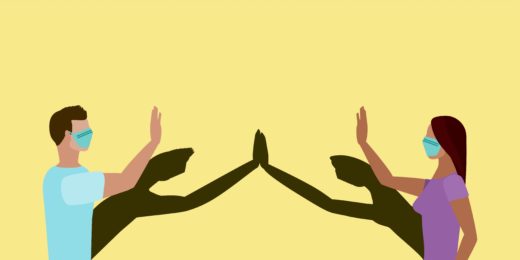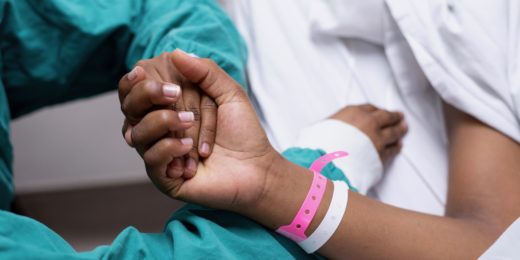Prior to COVID-19, clinicians at Stanford Medicine saw patients virtually around 2% to 3% of the time. Then the pandemic hit, and it was clear many more patients needed a way to visit with physicians, nurses and caregivers remotely. Stanford Medicine had to adapt -- and quickly. In a matter of weeks, digital visits made up 80% of all health visits.
The shift has uncovered some unexpected advantages. Patients who live far away or who lack transportation can receive care more readily. In addition, caregivers can see patients in their natural environment, a benefit especially in pediatrics.
As part of Stanford Medicine's framework known as Recover, Restore and Re-open, Robert Harrington, MD, professor and chair of the Department of Medicine; Mary Leonard, MD, MSCE, professor and chair of the Department of Pediatrics and physician-in-chief at Lucile Packard Children's Hospital Stanford; and Catherine Krna, president and CEO of the University Health Care Alliance, discussed how they see the shift to telehealth as a new norm. They view it as one that hybridizes in-person and virtual care to support what's already working and to reach new communities that have been underserved.
Below is a condensed version of their conversation.
Can you share some examples of how digitization was successfully adopted in ambulatory care?
Harrington: The advanced practice practitioners and nurses in orthopaedics made a series of videos on how to take out your own sutures and staples. On the day the patient is scheduled for their post-op visit, the APP or nurse joins them on screen and walks them through an examination. They ask what the wound looks like, they ask to see it and they confirm that the patient has watched the tutorials. Then they walk the patient or a family member through the process of taking out the sutures or staples. Patients have overwhelmingly reported that they actually liked doing it, that it saves them time commuting to the clinic for what would amount to a 10-minute appointment.
Leonard: Seeing young children and their family interact at the kitchen table can provide important insights into the nature of the parent-child social interaction. It also provides a window into the child's typical pattern of play. Children with complex medical conditions who show intense fears when they arrive at the hospital are often more relaxed in their homes. Likewise, children with autism or anxiety disorders who become confused or worried in a clinical context may show their typical behavior while playing with their own toys in a familiar setting.
What are the future goals for the ambulatory care program, digital or otherwise, at Stanford?
Leonard: The big item we need to look at is health equity. First and foremost, we need to make sure that a digital-first approach isn't actually making care worse for some patients. We need to make sure we're not inadvertently widening disparities. If a family doesn't have access to Wi-Fi or there's only one smartphone in a large family, and it belongs to the dad who is an essential worker and doesn't get home until 6 p.m., that takes away access.
We also need longitudinal data to show that telehealth boosts the percent of visits patients actually attend, or the sheer number of appointments made by underserved communities. We need data that shows that adherence, follow-up and retention measures improve.
How do you envision community and stakeholder involvement?
Krna: Often, when we set out to accomplish a new lofty goal, such as addressing medical disparities, our knee-jerk reaction is to do it ourselves. We have to think about partnerships with others -- like local health organizations or community centers -- because the most effective way to achieve outreach may well be through these entities that already have built trust with the patients in these communities we hope to serve. Partnerships are a great way to make our resources go further and help us direct them in a way that really gets help to the people who need it.
Recover, Restore and Re-open -- or R3 -- is a framework developed by experts at Stanford Medicine to provide scientifically based guidance for communities and organizations as they navigate the COVID-19 pandemic.
Image by JPC-PROD






